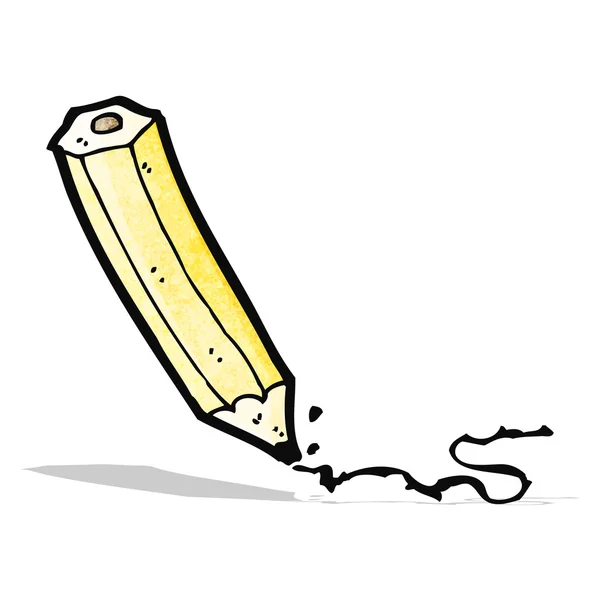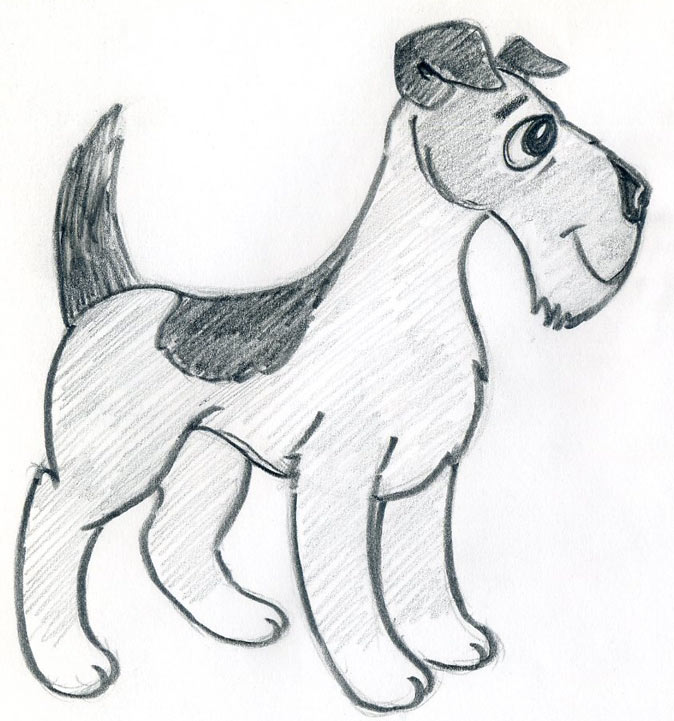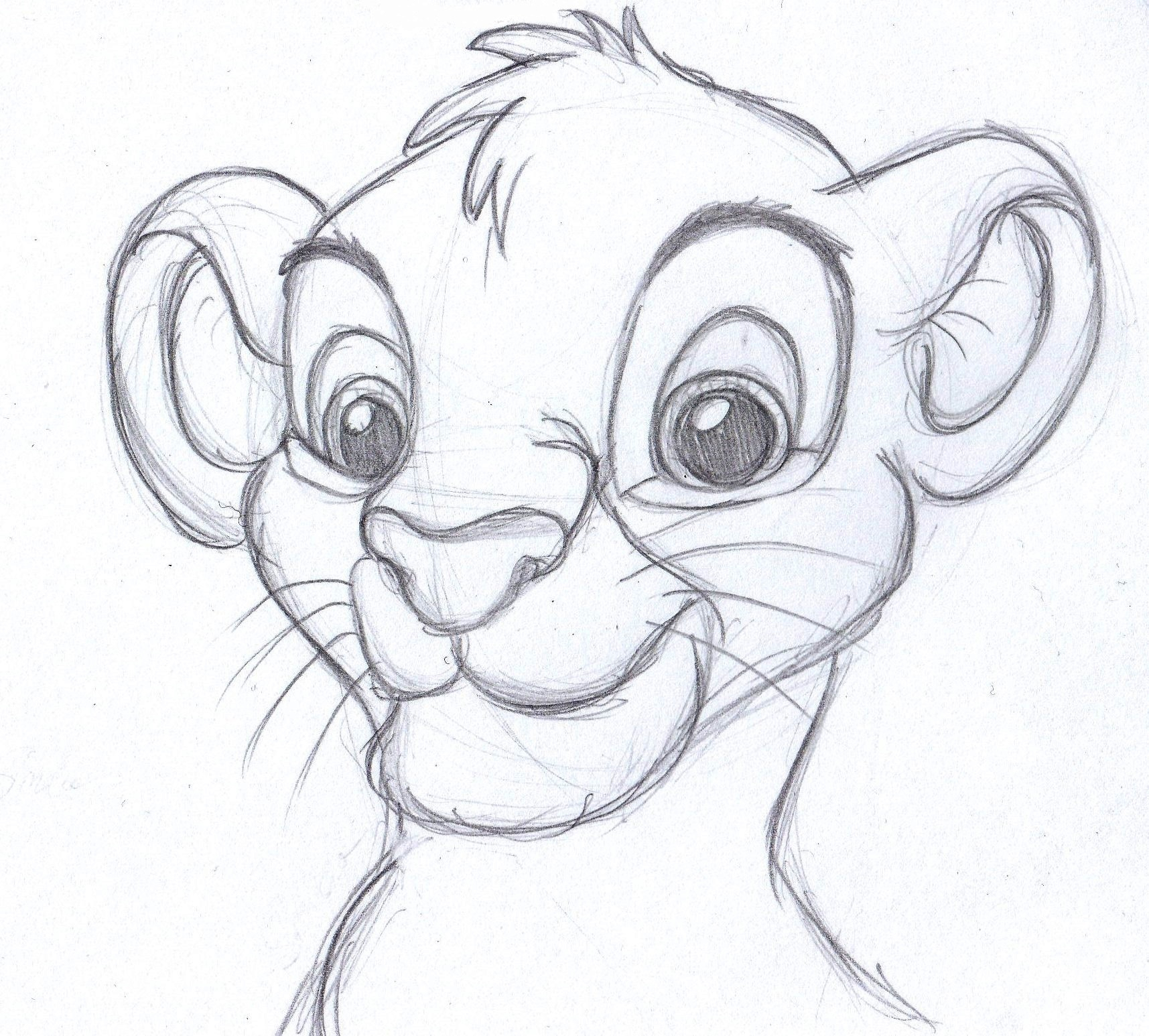
The softer your pencil, the more sharpening you'll need to do. Traditional pencils are great for shading, especially larger areas. Traditional graphite pencils tend to round out quickly, and so need regular sharpening to produce a consistent-sized tip. Then you need to pick the type of pencil. He suggests a 2B or 3B pencil is a good place to start with general pencil drawings. Traditional graphite pencils are available in a scale of hardness from 9H (hard, pale) to 9B (soft, dark), with HB and F sitting the middle of the range. "Typically, the H grades are suited to technical drawing, while B grades are ideal sketching pencils," explains Spicer. Different pencil types are better for different styles of artwork, and you also need to consider the hardness of your lead. The pencil you choose will have a big impact on both the techniques you can use and the look of your find artwork. Vary line thicknessĬhoose between traditional (left) and mechanical pencils (Image credit: Timothy von Reuden)

"Don’t aim for precisely accurate proportion, instead aim for an honest process of looking and mark making, without overthinking the drawing," he concludes. You can adapt the exercise by flicking your eye down to the page at regular intervals, and trying to adjust your line style and weight to accurately describe what you see (you're still using one, unbroken line). "Repeat the exercise regularly as a warm up to get your hand working together with your eye," suggests Spicer.

The aim of this is to help you draw confidently and unselfconsciously, and it's a great way to overcome a fear of staring at a blank page. The result will look odd and incorrect, but that's not a problem. "Draw in a single, unbroken line and don’t look back at the drawing until you are finished." Without looking down at the paper, trace your eye around your subject, following its edges and contours, and as you do so, let your pencil follow the same journey on the paper," explains Spicer. "Set up a subject in front of you and fix your eye on the top of it, placing your pencil on your paper. One common exercise to start out with is blind contour drawing. Then right-handers should work left to right, and lefties move right to left. Essentially you don't want to be resting your hand on areas you've already drawn, which means that unless you have an unusual pencil grip, you want to be working top to bottom. However, planning which area of the composition you work on first can help. Pencils are prone to smudging, and the softer they are, the more difficult it is to keep things clean. "I strongly believe in letting intuition take over in the creation process, so I work with the underdrawing more as a guideline," continues Von Reuden. Either way, make sure this acts as a foundation rather than a strict guide. Alternatively, you could use a digital underdrawing, printed at 1 per cent Opacity. "Having a more fluid foundation helps you see the end result without the intimidating commitment of getting everything perfect," says artist Timothy von Reuden.įor a pencil underdrawing, make sure you use a hard lead (around 2H) to ensure the lines are light and easy to erase. Many artists prefer to start their pencil drawing by laying out the scene with a rough, light underdrawing – this can be especially useful if the end game is a precise line drawing. Selecting a region changes the language and/or content on underdrawing should be a guide, but use your intuition (Image credit: Timothy von Reuden)

With the pencil, pen, and watercolor brushes available, you can elevate your drawing from doodle to masterpiece - moving your sketch into the digital space allows you to edit and transform it in interesting ways. Turn your drawing into a polished logo design in Adobe Illustrator, or open your pencil sketch in Adobe Fresco and add onto it with custom brushes. Once you’ve finished a pencil sketch, you can scan or digitize it. “It’s fun to experiment with that.”ĭon’t stop there. “Blending can turn pencil into a whole other medium,” notes artist Violet Reed. With art supplies like gum erasers and blending stumps, you can create incredibly detailed, realistic, and imaginative drawings. Then I use a mechanical pencil to tighten up the details,” explains artist and illustrator Jung Hu Lee. From quick caricatures in a sketchbook to polished landscape drawings, pencil has the potential to bring all kinds of creative ideas to life. Pencil is a very versatile artistic medium.


 0 kommentar(er)
0 kommentar(er)
